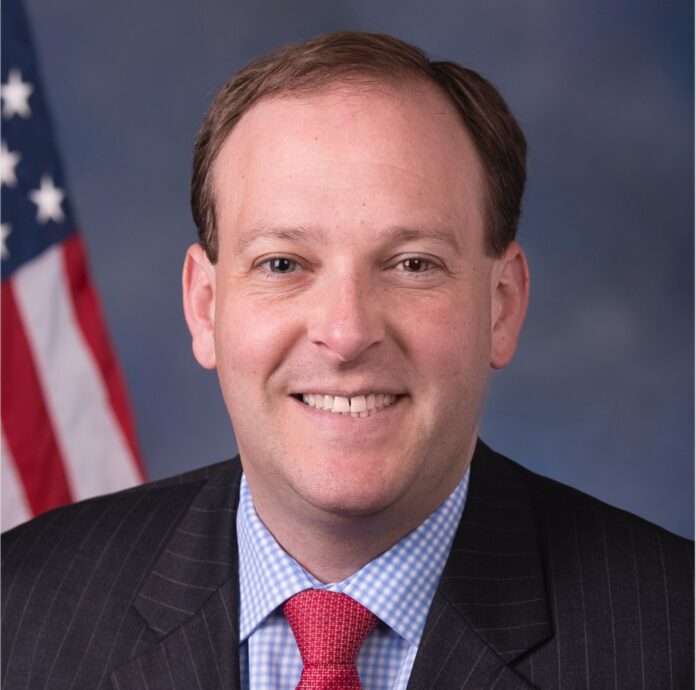The Environmental Protection Agency announced on Friday a major workforce restructuring that will reduce staffing to levels not seen since the Reagan Administration. The agency says the reorganization will improve operational efficiency and save taxpayers over $300 million annually by the next fiscal year, 2026.
This phase of restructuring impacts several key areas of the agency, including the Office of the Administrator, Office of Air and Radiation, Office of Chemical Safety and Pollution Prevention, and Office of Water. The changes are part of a broader effort to implement President Trump’s Executive Order titled “Implementing the President’s ‘Department of Government Efficiency’ Workforce Optimization Initiative,” which aims to transform the federal bureaucracy and reduce costs.
The current EPA workforce of permanent employees is over 17,000.
“With these organizational improvements, we recommit to fulfilling all of our statutory obligations and exceptionally delivering on EPA’s core mission of protecting human health and the environment,” said EPA Administrator Lee Zeldin. “This reorganization will bring much needed efficiencies to incorporate science into our rulemakings and sharply focus our work on providing the cleanest air, land, and water for our communities. It will also save at least $300 million annually for the American people.”
The EPA will establish several new offices as part of the restructuring:
- Office of State Air Partnerships within the Office of Air and Radiation, designed to improve collaboration with state, local, and tribal air permitting agencies.
- Office of Clean Air Programs, which will focus on aligning statutory obligations with technical expertise for improved transparency and consistency in air regulations.
- Office of Applied Science and Environmental Solutions (OASES) under the Office of the Administrator, which will integrate scientific research directly into regulatory decision-making.
In the Office of Water, regulatory and scientific functions will be more closely aligned, and issues such as cybersecurity, emergency response, and water reuse will be elevated to receive increased resources.
OCSPP will gain over 130 experts in scientific, technical, bioinformatics, and IT fields to address significant backlogs in chemical and pesticide reviews. These include more than 500 new chemicals under review and over 12,000 overdue pesticide decisions. The agency notes that the reorganization will help advance its PFAS testing strategy and better utilize computational tools and artificial intelligence in future reviews.
Earlier this year, EPA began a Reduction in Force as part of the elimination of its Environmental Justice (EJ) and Diversity, Equity, and Inclusion (DEI) offices. Approximately 280 employees were separated, while 175 were reassigned to other offices performing mission-essential functions.
The agency says this is one part of a broader realignment effort and that, once complete, EPA’s overall staffing will reflect the scale it maintained in the 1980s.

Excellent news. Reign in this bloated agency with far too much power. No unelected official or bureaucrat should be able to wield such a mighty sword that these folks do.
How about to JFK-era size? See what I did there?
I like it! 🤣
Finally! A few good hard working people to replace hundreds that wouldn’t know an honest days work if it bit them in the ass.
Yay! Dirty air and water for all!
Did you even check Wikipedia before posting that?
Tell us all, based solely on your own knowledge, what the EPA does. Exactly.
.
Or are you just assuming based on the name of the agency? I’ll bet you think the Inflation Reduction Act actually reduced inflation, and the Affordable Care Act actually made medical care more affordable.
Yay!
Pesticide registration is saved!
Take away their Special Agents. They don’t need armed thugs